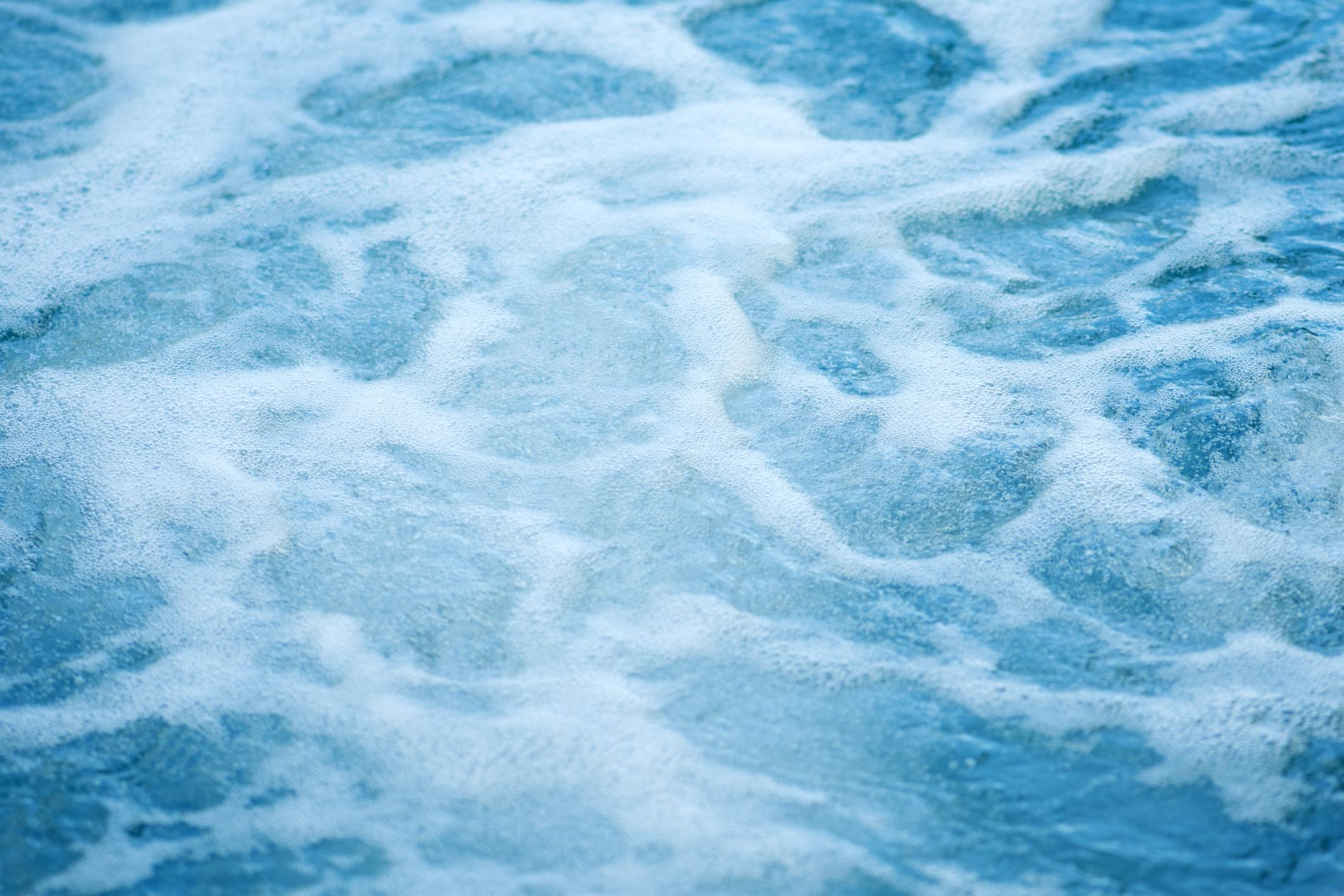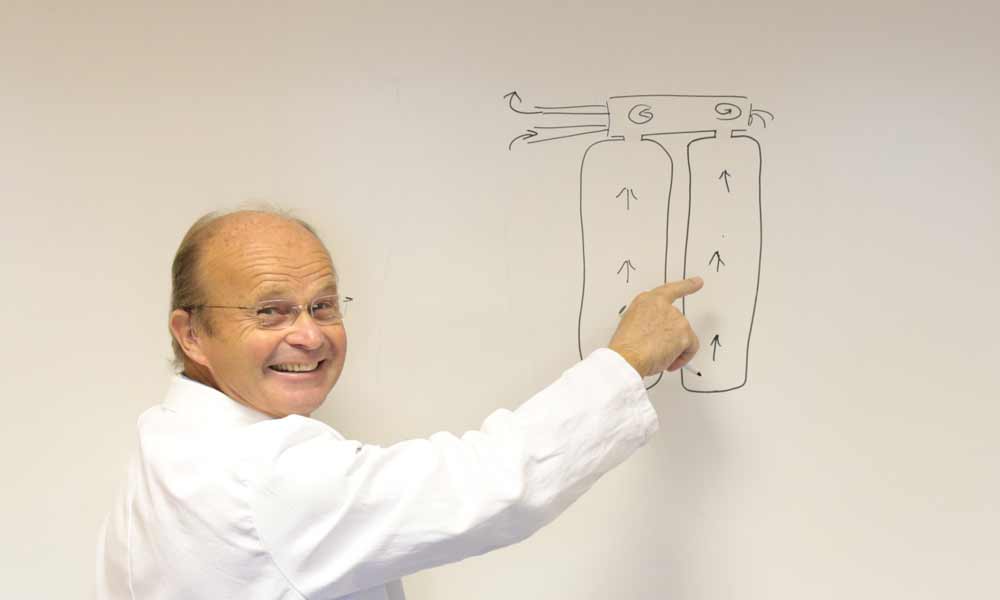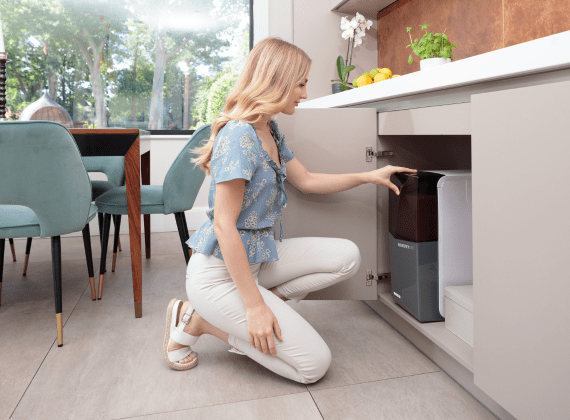Harvey Water Softeners Vs Kinetico
Still browsing the marketplace to find the right water softener? Here’s our honest comparison so you can better understand the different brands and types.

A water softener is an investment in your home. There are many benefits to installing a water softener and having sold and installed them in homes across the UK since the 1970’s, we understand you want to be sure you’ve chosen the right one.
We’ve put together this water softener comparison to help. If you want a more detailed explanation, please don’t hesitate to book your free demonstration of softened water, during which we’ll show you how softened water can benefit your home and answer any queries you may have about comparing water softeners.
*The lower water efficiency percentage means the water softener is more efficient . Water efficiency comparison is calculated using HarveyArc and Kinetico specification/performance data taken from Kinetico manufacturers instructions as of 25th September 2019.
**Salt efficiency comparison is calculated using the HarveyArc and Kinetico specification/performance data taken from Kinetico manufacturers instructions as of 25th September 2019.

Our Water Softeners
We have been manufacturing water softeners for over 40 years, making us the UK’s largest manufacturer and number one seller of twin-cylinder water softeners. Our factory trained specialist installers and surveyors help bring the British designed Culligan Harvey Water Softener into your home.

Our Products
Designed to fit under the kitchen sink, the advanced twin cylinder design requires no programming or maintenance. The water softener runs on block salt for ease of use and the displacement meter measures it to reduce salt usage.
Request your free personalised quote today!
